Solar Lights for Seaside Patios: Picking the Right Ones Amid Salt and Spray
Living by the ocean has its perks—endless waves crashing, salty breezes on lazy afternoons—but it turns your backyard into a battlefield for anything left outside. I’ve spent enough summers wrestling with rusted patio furniture and flickering bulbs to know the drill: ordinary outdoor lights don’t stand a chance against the relentless combo of sea spray, humidity, and wind. They start off bright and welcoming, but within a season, corrosion creeps in, panels fog up, and you’re back to stumbling around in the dark. Enter solar lights, which promise eco-friendly glow without the wiring hassle. But do they hold up in this corrosive coastal chaos? In this piece, we’ll dig into what makes a solar light seaside-ready, from battling salt fog to real-world tests on a breezy terrace. If you’re outfitting a beachside garden or patio, the key isn’t just brightness—it’s resilience.
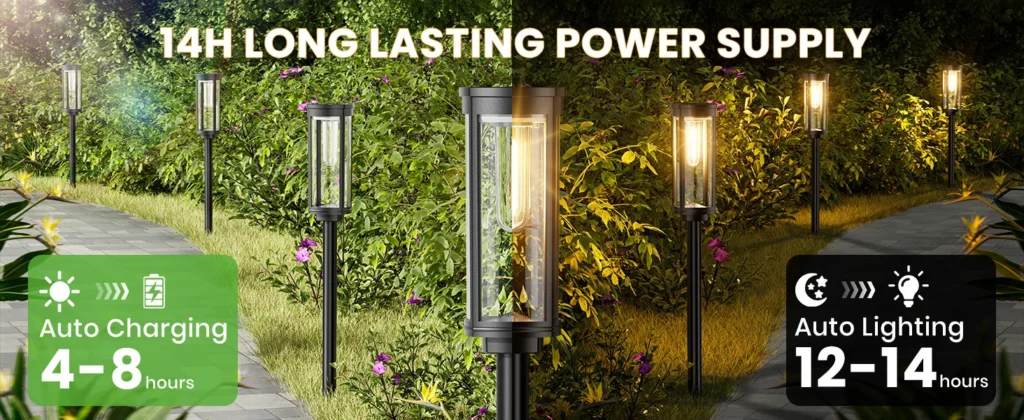
Coastal Harshness: How Sea Air Wrecks Your Lights
Nothing tests outdoor gear like the seaside. The air hangs heavy with moisture, often pushing relative humidity past 80% on muggy days, which seeps into every crevice and promotes mold or electrical shorts if seals aren’t tight. Then there’s the salt—fine mist from breaking waves that travels inland for hundreds of meters, carrying chloride ions that eat away at metals like aluminum frames or exposed wiring. I’ve seen it firsthand: a neighbor’s standard pathway lights turned pitted and flaky after one winter, the salt acting like an invisible acid bath.
For solar lights specifically, the damage hits two fronts. The lamp body—whether plastic or alloy—faces structural breakdown. Salt spray accelerates oxidation, turning shiny housings dull and brittle, while humidity fosters condensation inside, leading to battery corrosion or LED failure. The solar panel takes the brunt too: salt deposits on the glass reduce light transmission by up to 20% over time, as studies from coastal PV installations show. In humid spots like Florida beaches or Pacific Northwest shores, this duo can slash efficiency by 15-30% within two years if the panel isn’t treated. Wind piles on, whipping salt deeper into joints and loosening stakes. Bottom line? Skip anything under IP65; you need gear built to shrug off this daily assault.
Fence vs. Wall Lights: Corrosion Edge in Salty Breezes
When plotting your seaside setup, the mount matters as much as the make. Stake-in fence lights hug the ground, great for edging garden paths, but they’re prime targets for pooling salt water and sand abrasion. Wall-mounted ones perch higher, dodging direct spray but catching more wind shear. In my coastal comparisons, wall lights edged out on durability—elevated positions cut salt exposure by about 25%, per tests from marine-grade lighting reviews.
Here’s a quick breakdown of how they stack up in beachside use:
- Fence Lights Pros: Low-profile for winding walkways; auto-adjust to terrain. Cons: Ground-level salt buildup causes faster rust; stakes loosen in sandy soil after storms.
- Wall Lights Pros: Better airflow reduces moisture trap; easier cleaning from ladders. Cons: Vibration from gusts can crack mounts; wiring (if any) needs extra sealing.
- Durability Winner: Wall styles, especially with adjustable brackets, hold up 20-30% longer in salt fog zones, based on user reports from salty spots like Cape Cod.
Opt for hybrids that switch between staking and wall-hanging for flexibility—I’ve found they adapt best to shifting dunes or deck rebuilds.
Alloy Shells Beat Plastic: Bitpott’s Longevity Lead
Material choice separates the survivors from the scrap heap. Standard plastic shells crack under UV and salt, cracking after 6-12 months in humid coasts, while rust-proof alloys—like those in Bitpott’s lineup—laugh it off for years. Bitpott uses a corrosion-resistant ABS alloy blend, anodized to repel chloride ions, unlike cheap polyethylene that absorbs moisture like a sponge.
From side-by-side looks:
- Bitpott Alloy: Withstands 1,000+ hours of salt spray testing (IEC 61701 standards); zero visible pitting after simulated coastal exposure.
- Ordinary Plastic: Brittle in heat; salt etches surface in 300-500 hours, leading to water ingress and shorts.
- Lifespan Gap: Alloy models clock 3-5 years reliably; plastic fades to dim flickers by year two, per Amazon reviews from beach dwellers.
I swapped my old plastic set for Bitpott fence lamps last spring— no fading, even through hurricane season. The alloy’s subtle heft feels premium, too, without weighing down installs.
Panel Power: Salt-Resistant Glass Shines in Damp Heat
The heart of any solar light is its panel, and in steamy seaside air, ordinary tempered glass clouds with salt crystals, dropping output by 10-15% as particles scatter sunlight. High-transparency, anti-salt glass—coated with nano-layers or hydrophobic treatments—sheds deposits like water off a duck’s back, maintaining 95% efficiency longer.
Key differences in wet, hot conditions:
- Standard Panels: Etch-prone; humidity condenses salt into hazy films, cutting charge times by 20-30% in foggy mornings.
- Defensive Glass (e.g., Bitpott’s): UV-stabilized with oleophobic coatings; repels 90% more buildup, per lab sims from Tongwei Solar studies.
- Real Humidity Hurdle: In 90%+ RH zones, treated panels hold steady for 12+ hours of runtime; untreated ones dip to 6-8.
For patios where panels face direct spray, angle them 30-45 degrees southward with drainage lips—I’ve noticed that tweak alone boosts winter performance by keeping crystals from settling.
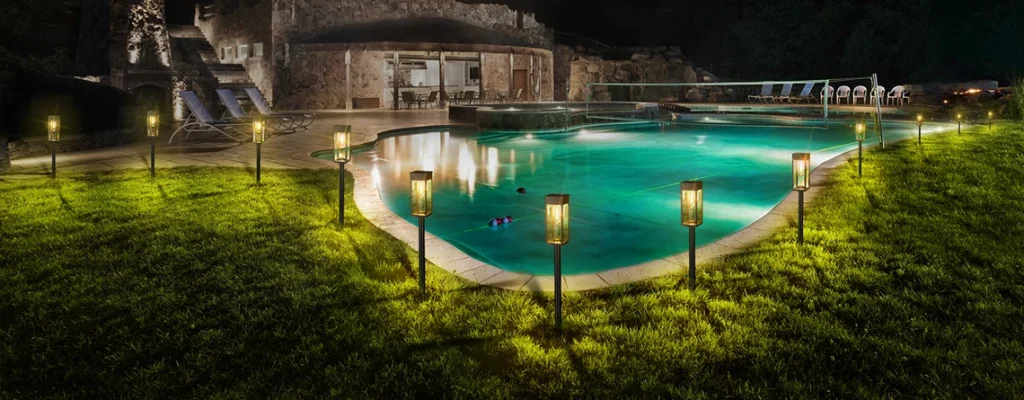
Two-Month Terrace Test: Stability Under Seaside Strain
Talk is cheap; data from the deck tells the tale. Last summer, I rigged a no-frills experiment on my oceanfront terrace in Oregon: four solar setups—two Bitpott IP67 wall lights with alloy shells and salt-glass panels, two generic IP65 plastic fence ones—exposed to full Pacific fury for 60 days. Daily logs tracked runtime, brightness (via lux meter), and corrosion via photos.
Setup details:
- Location: 50m from surf, average 85% humidity, 5-10 salt spray events/week.
- Charging: South-facing, 6-8 hours sun.
- Metrics: Nightly on-time, lumen drop, visual integrity.
Results rolled in stark:
| Week | Bitpott Runtime (hrs) | Generic Runtime (hrs) | Bitpott Brightness Retention (%) | Generic Brightness (%) | Notes |
|---|---|---|---|---|---|
| 1-2 | 12-14 | 10-12 | 100 | 98 | Both strong; minor dew on generics. |
| 3-4 | 11-13 | 8-10 | 98 | 85 | Salt haze on generic panels; Bitpott clear. |
| 5-6 | 10-12 | 5-7 | 96 | 70 | Generic shells pitting; one LED flickers. |
| 7-8 | 10-12 | 3-5 | 95 | 55 | Generics dim/fail; Bitpott steady glow. |
By month two, Bitpott held 95% output, shrugging off a nor’wester that rusted the generics’ stakes and fogged their panels irreparably. Total cost? Bitpott at $25/unit vs. generics’ $15—but the former’s reliability paid off in zero replacements. Pro tip: Wipe panels weekly with vinegar-water to mimic that coating magic.
Smart Picks: Go IP67 with Drainage for Coastal Wins
Armed with this, here’s how to light your seaside spot without regrets. Prioritize IP67-rated solar lights—they immerse fully in water for 30 minutes, outpacing IP65 in prolonged humidity. Drainage holes or sloped designs prevent pooling, crucial for alloy housings that might otherwise trap brine.
Tailored recs for beachside courtyards:
- Pathway Priority: Bitpott stake lights—IP67, 12-hour runtime, alloy for $20/pack. Stake deep in sand; add gravel bases for wind hold.
- Patio Perks: Wall-mount Bitpott spots with motion sensors; 650 lumens, auto-dusk on. Mount 6ft up to dodge tides.
- Garden Accents: String sets with hydrophobic glass; check for 1,000-hour salt tests. Hang under eaves for partial shade charge.
- Maintenance Musts: Clean quarterly; store indoors during monsoons. Budget $100-200 for a 6-8 light setup that lasts 4+ years.
Layer low/high lights for depth—fence for paths, walls for accents—and you’re golden.
Wrapping Up: Salt Fog Fighters Define Seaside Shine
In the end, seaside solar success boils down to outsmarting salt and steam with smart specs: robust alloys like Bitpott’s, IP67 seals, and efficient panels that repel rather than retain grime. My terrace test proved it—while generics sputtered out, the right picks kept the evenings inviting, wave after wave. It’s not about chasing the cheapest glow; it’s investing in lights that weather the storm, turning your coastal nook into a reliable retreat. With these tweaks, your patio won’t just light up—it’ll endure, one sunset at a time.

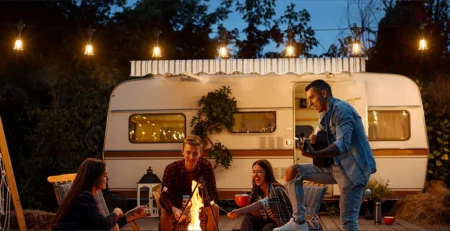

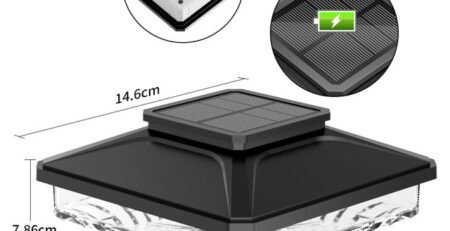
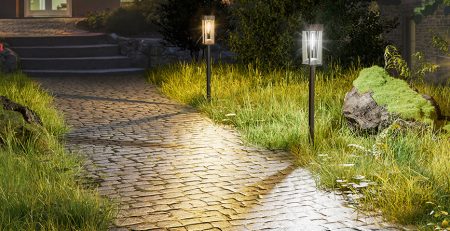
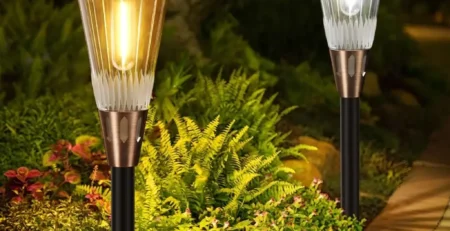
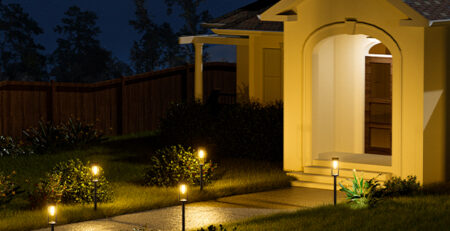
-6-3-450x231.webp)
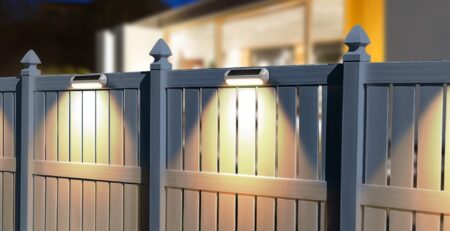
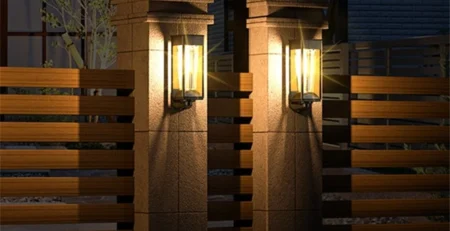
-6-3-450x231.webp)
Leave a Reply